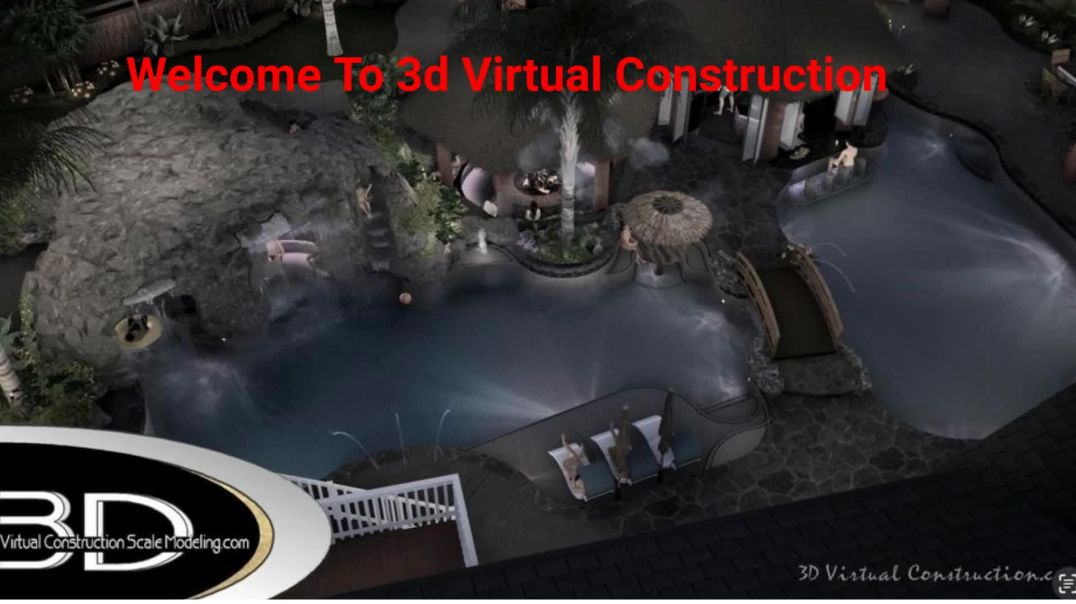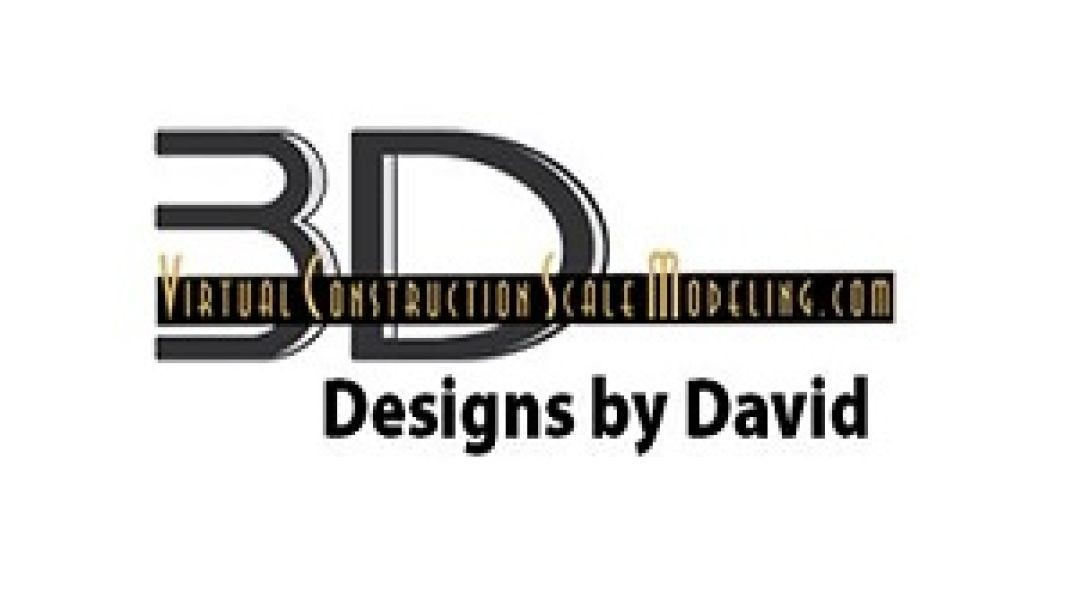
Please subscribe to watch this video.
- Finance and Investment
- Insurance
- Technology & Gadgets
- Real Estate
- Legal Services
- Health & Wellness
- Online Education & E-learning
- Business & Entrepreneurship
- Cryptocurrency & Blockchain
- Web Hosting & Domains
- Travel
- Luxury Goods
- Home Improvement & DIY
- Parenting & Family
- Fashion & Beauty
- Food & Recipes
- Sports & Fitness
- Relationships & Dating
- Automotive
- Gaming
- Software as a Service (SaaS)
- Photography & Videography
- Pets & Animals
- Eco-Friendly Living
- Personal Development & Self-Help
- Affiliate Marketing & Passive Income
- Education for Professionals
- Virtual Reality (VR) & Augmented Reality (AR)
- AI & Machine Learning
- Entertainment
- History
- News and Politics
- Music
- Podcasts
- Comedy
- Spirituality & Religion
- Other
Understanding virtual reality (VR) and augmented reality (AR) technologies
Learn about VR and AR, their differences and how these technologies are being used in today's world.
● Virtual reality (VR), refers to a computer-generated, simulated environment
that you can experience in 3 dimensions.
● VR can be experienced using high-spec computers in conjunction with VR
headsets, and in some cases, handheld controllers.
● A VR headset will cover your entire field of view with a digital display. This
display is only limited by the imagination and expertise of the digital creator.
You might find yourself in the Space Station, an instructional workshop for pilot
training, a tourism scene from a European city, or even a rollercoaster ride.
● VR headsets also have built in sensors that track your movements, so when
you move your head or your body, the virtual environment moves 360 degrees
around you too, for an immersive experience.
● Examples of VR software include Google Earth VR, social media platforms like
VRChat, and games such as Beat Sabre.
● Augmented Reality (AR), refers to overlaying virtual displays over the real
world.
● By using built-in cameras on mobile devices such as phones and tablets, AR
software recognizes certain images or markers in the real world which then
triggers an image or an action. This is similar to a QR code you might scan on
a booklet or poster that triggers a link to a website.
● Pokemon Go and Snapchat filters are both examples of how AR is used in
entertainment.
● You might ask,
"How would a business use AR technology?"
○ Perhaps you have a physical retail store that people walk past. Through
creating AR content and a trigger on your shop window, people walking
by your store could scan the code on their phone, and on their screen,
they would see promotional videos or interactive content that promotes
your business even when it'
s closed.
○ If you operate a tourist attraction, a motel, a cafe, or anywhere people
come to buy, you might add VR content on your website that allows
visitors to access additional information, and content to showcase what
your business offers through 3D or 360 degree video content.
● Another option is to create location-based triggers with special promotions or
discounts to customers who are nearby to your business.
● VR and AR are becoming more embedded into everyday products and
promotions.
● To make your own immersive content, try using some of these platforms:
○ Spark AR Studio, a platform by Facebook that allows users to create AR
effects and filters for Instagram, Facebook, and Messenger.
○ ZapWorks, a user-friendly platform for creating AR experiences without
any coding.
○ Augment, a platform designed for businesses to create AR experiences
for product visualisation and retail stores.




















